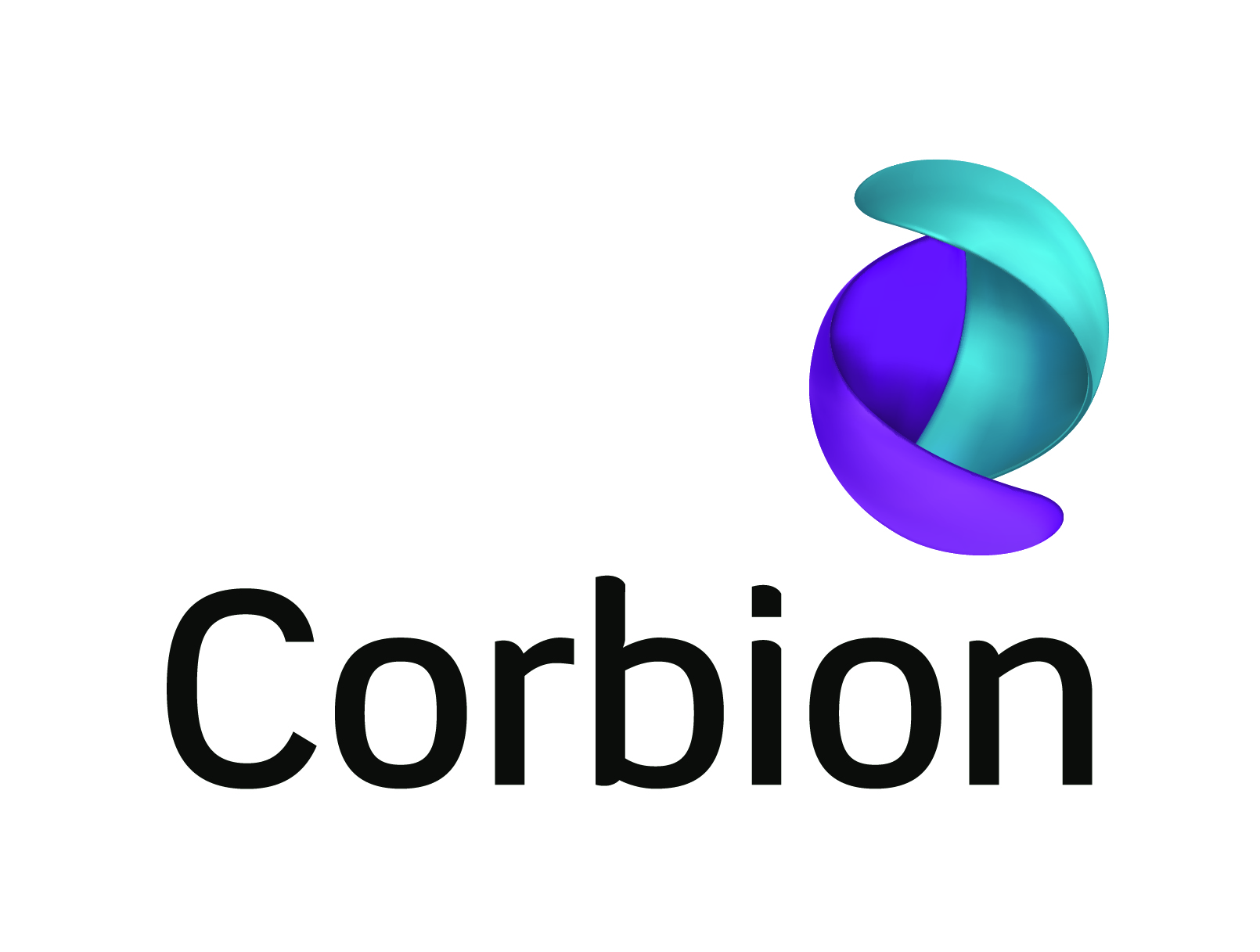Bio-based chemicals and materials producer, Corbion, has released a white paper outlining the company’s position on feedstock selection, as well as covering issues such as land use, feedstock efficiency and food security. The paper was presented in September at the company’s PLA feedstock workshop reportedly attended by some 70 companies throughout the value chain.
Corbion concluded that the concerns of using bio-based feedstocks for plastics can be successfully identified and managed, and that the many benefits of these biobased, renewable feedstocks far outweigh their challenges.
The position paper includes an introduction to renewable raw materials for bioplastics production, followed by chapters on: sugar as today’s most sustainable feedstock, sustainable agricultural practices for growing feedstocks, GMO-free feedstocks, land used for bioplastics that does not compete with food, and alternative feedstocks for bioplastics.
As for PLA, the bioplastic is said to be one of the most efficient biopolymers in terms of conversion from raw sugar to product. One kilogram of PLA reportedly uses just 1.6 kilogram of fermentable sugar feedstock. Bio-PE requires 4 kg sugar while bio-PET requires 5 kg.
Corbion said it predominantly uses the highest yielding feedstocks regionally available: sugarcane from its factories in Thailand and Brazil; dextrose from corn for use in lactic acid production in USA; and sugar beet in Spain and the Netherlands. Corbion said it has significantly improved its internal process yields such as producing 1 kg of PLA using just 1.6 kg of raw sugar.
The land use for bioplastics production today and up to 2019 reportedly will just account for 0.02% of global agricultural area (1.4m hectares by 2019) compared to 1.24bn hectares used for food and feed, and 53m hectares for biofuels.
As for alternative feedstocks, Corbion claimed to be the first to successfully produce PLA from non-food biomass last year. The company said it welcomes suppliers throughout the supply chain to collaborate in reducing the time to market for PLA products made from alternative feedstocks.




